Theuerdank 1517
Printed on vellum, with hand-coloured illustrations | 39.2 x 27.5 cm (book measurement (conservation)) | RCIN 1050719
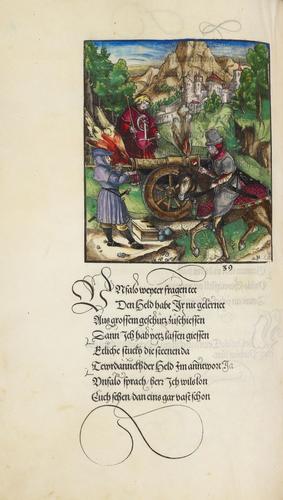
Melchior Pfintzing (1481-1535)
Die Geuerlicheiten und Einsteils der Geschichten des loblichen streitbaren und hochberümbten Helds und Ritters Tewrdannckhs 1517
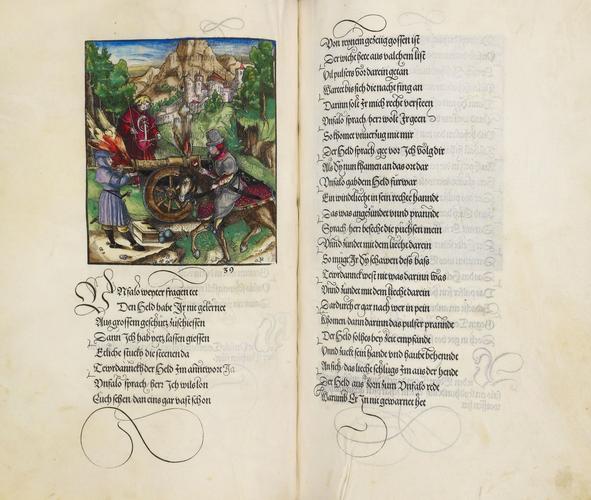
Melchior Pfintzing (1481-1535)
Die Geuerlicheiten und Einsteils der Geschichten des loblichen streitbaren und hochberümbten Helds und Ritters Tewrdannckhs 1517
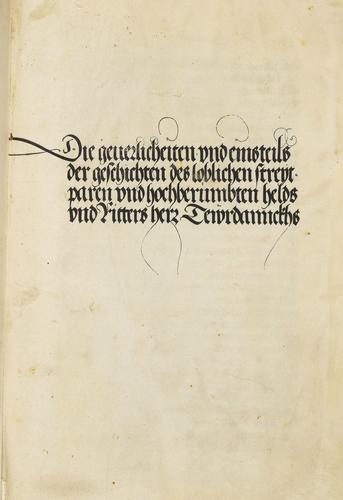
Melchior Pfintzing (1481-1535)
Die Geuerlicheiten und Einsteils der Geschichten des loblichen streitbaren und hochberümbten Helds und Ritters Tewrdannckhs 1517
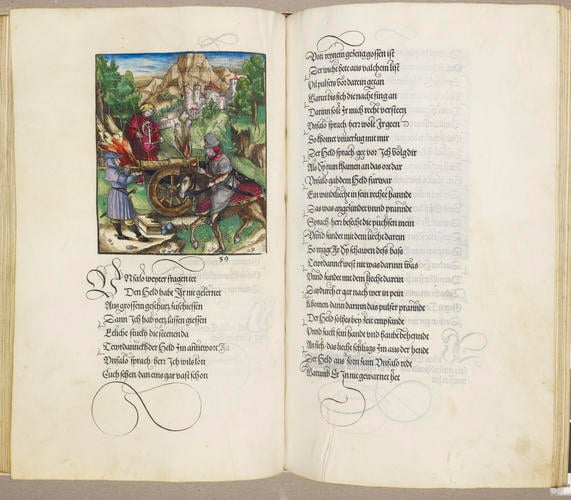
Melchior Pfintzing (1481-1535)
Die Geuerlicheiten und Einsteils der Geschichten des loblichen streitbaren und hochberümbten Helds und Ritters Tewrdannckhs 1517
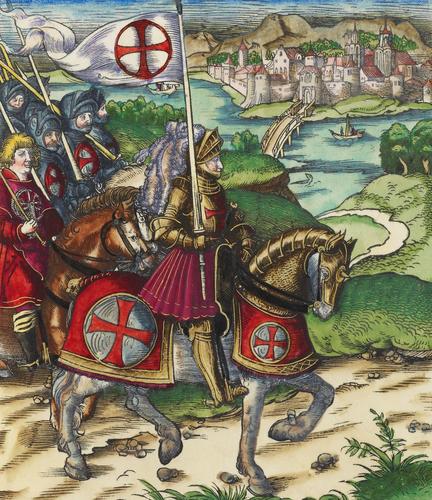
Melchior Pfintzing (1481-1535)
Die Geuerlicheiten und Einsteils der Geschichten des loblichen streitbaren und hochberümbten Helds und Ritters Tewrdannckhs 1517

Melchior Pfintzing (1481-1535)
Die Geuerlicheiten und Einsteils der Geschichten des loblichen streitbaren und hochberümbten Helds und Ritters Tewrdannckhs 1517
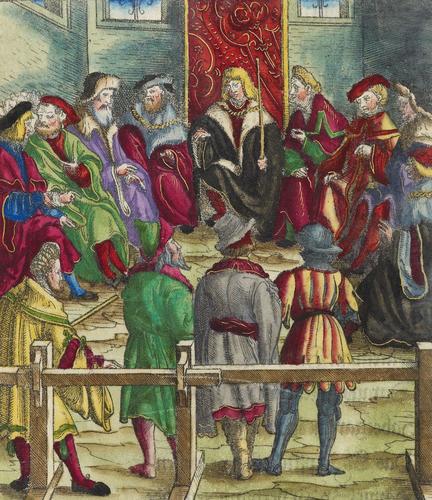
Melchior Pfintzing (1481-1535)
Die Geuerlicheiten und Einsteils der Geschichten des loblichen streitbaren und hochberümbten Helds und Ritters Tewrdannckhs 1517
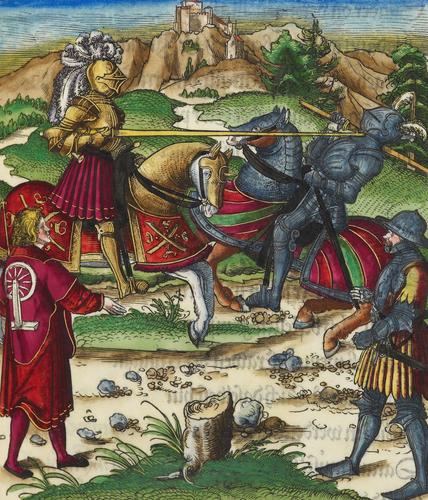
Melchior Pfintzing (1481-1535)
Die Geuerlicheiten und Einsteils der Geschichten des loblichen streitbaren und hochberümbten Helds und Ritters Tewrdannckhs 1517
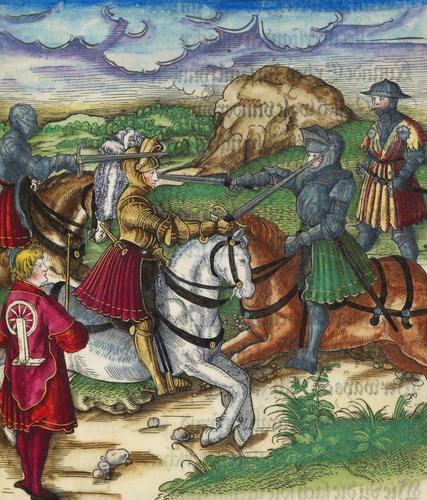
Melchior Pfintzing (1481-1535)
Die Geuerlicheiten und Einsteils der Geschichten des loblichen streitbaren und hochberümbten Helds und Ritters Tewrdannckhs 1517
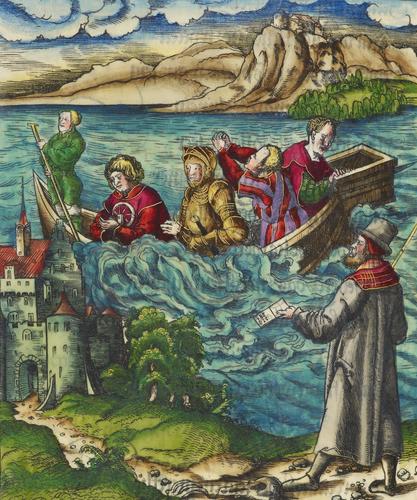
Melchior Pfintzing (1481-1535)
Die Geuerlicheiten und Einsteils der Geschichten des loblichen streitbaren und hochberümbten Helds und Ritters Tewrdannckhs 1517

Melchior Pfintzing (1481-1535)
Die Geuerlicheiten und Einsteils der Geschichten des loblichen streitbaren und hochberümbten Helds und Ritters Tewrdannckhs 1517
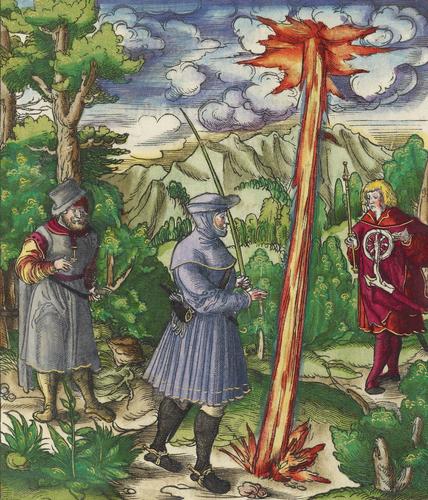
Melchior Pfintzing (1481-1535)
Die Geuerlicheiten und Einsteils der Geschichten des loblichen streitbaren und hochberümbten Helds und Ritters Tewrdannckhs 1517
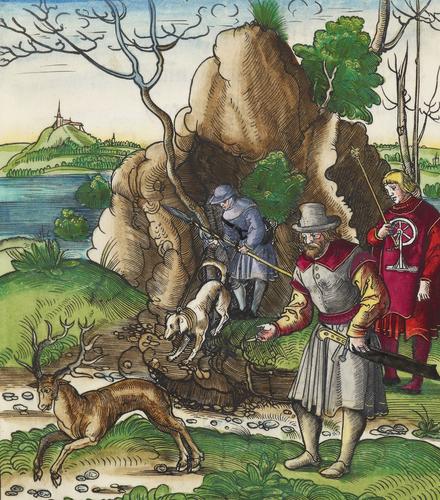
Melchior Pfintzing (1481-1535)
Die Geuerlicheiten und Einsteils der Geschichten des loblichen streitbaren und hochberümbten Helds und Ritters Tewrdannckhs 1517
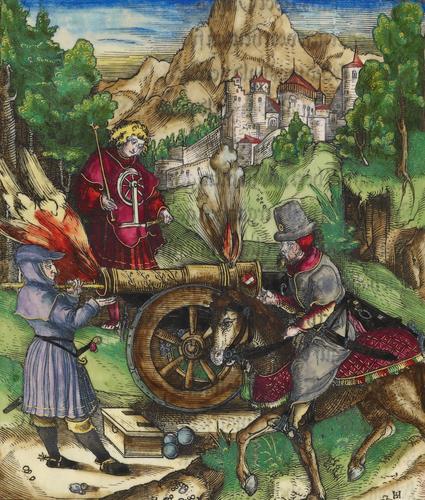
Melchior Pfintzing (1481-1535)
Die Geuerlicheiten und Einsteils der Geschichten des loblichen streitbaren und hochberümbten Helds und Ritters Tewrdannckhs 1517
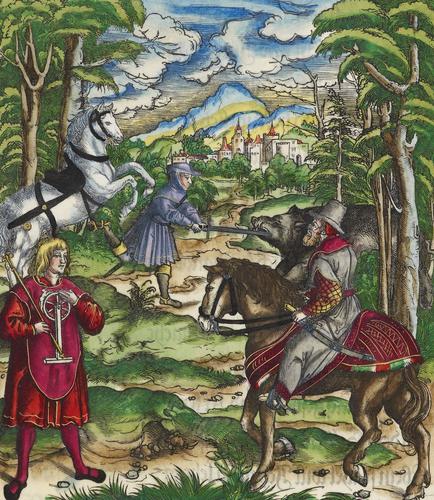
Melchior Pfintzing (1481-1535)
Die Geuerlicheiten und Einsteils der Geschichten des loblichen streitbaren und hochberümbten Helds und Ritters Tewrdannckhs 1517

Melchior Pfintzing (1481-1535)
Die Geuerlicheiten und Einsteils der Geschichten des loblichen streitbaren und hochberümbten Helds und Ritters Tewrdannckhs 1517
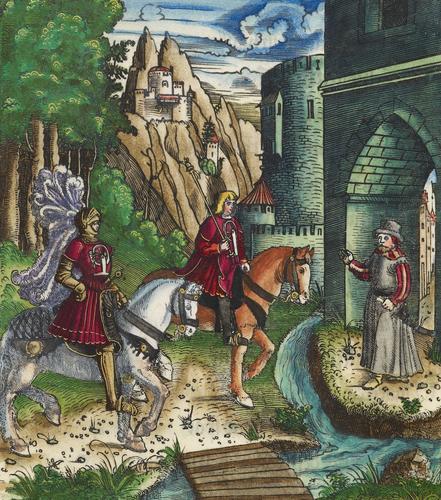
Melchior Pfintzing (1481-1535)
Die Geuerlicheiten und Einsteils der Geschichten des loblichen streitbaren und hochberümbten Helds und Ritters Tewrdannckhs 1517
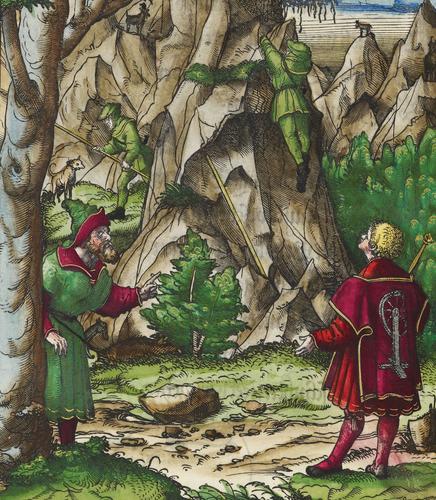
Melchior Pfintzing (1481-1535)
Die Geuerlicheiten und Einsteils der Geschichten des loblichen streitbaren und hochberümbten Helds und Ritters Tewrdannckhs 1517
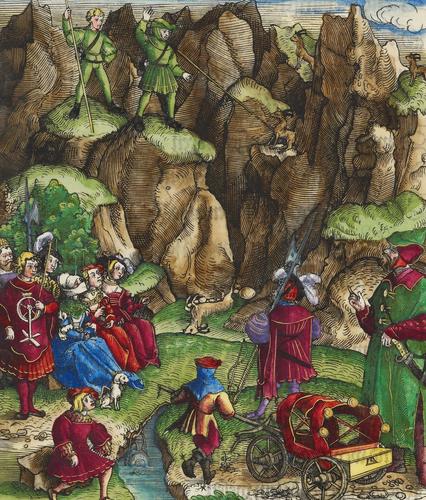
Melchior Pfintzing (1481-1535)
Die Geuerlicheiten und Einsteils der Geschichten des loblichen streitbaren und hochberümbten Helds und Ritters Tewrdannckhs 1517

Melchior Pfintzing (1481-1535)
Die Geuerlicheiten und Einsteils der Geschichten des loblichen streitbaren und hochberümbten Helds und Ritters Tewrdannckhs 1517
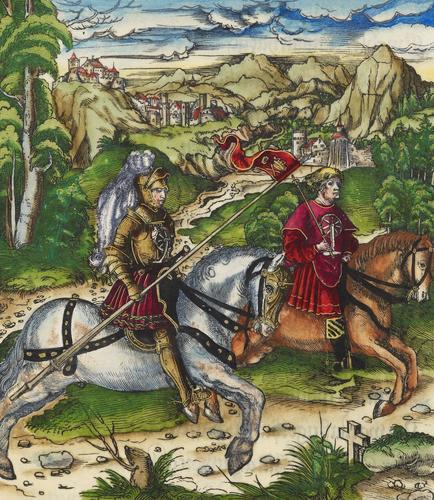
Melchior Pfintzing (1481-1535)
Die Geuerlicheiten und Einsteils der Geschichten des loblichen streitbaren und hochberümbten Helds und Ritters Tewrdannckhs 1517






















-
Maximilian I prepared a trilogy of autobiographical books - Weisskönig (‘The White or Wise King’), Theuerdank (‘Precious Thanks’) and Freydal (‘The Joyful One’) - which he intended to act as a literary memorial to his own life and reign. Of these three works, only Theuerdank was completed during his lifetime; about 40 copies were printed on vellum (several of which were coloured and illuminated) and 300 copies on paper, for presentation to the Emperor’s friends. Weisskönig told the story of Maximilian’s youth, while Theuerdank recounted Maximilian’s dangerous and heroic adventures in 1477 on his journey to claim his bride Mary of Burgundy, daughter and heir to the ruler of Burgundy, Charles the Bold. The story was deliberately allegorical in form, and told as if it were a medieval Arthurian romance, written in rhyming couplets. A key was provided at the end of the work to inform the reader of the real identity of the main characters: the knight Theuerdank (Maximilian) journeys to claim his bride Ernreich (Rich in Honour; Mary) after the death of her father Romreich (Rich in Fame; Charles), accompanied always by his faithful squire Ernhold (Steadfastly Honoured), who is depicted with the wheel of fortune on his tunic. Their journey is constantly harried by three captains of Ernreich who wish to prevent the match - Fürwittig (Over-confident), Unfalo (Unlucky) and Neydlhart (Envious) - and who are interpreted as the dangers of the three ages of man, Youth, Maturity and Old Age. Despite their very best efforts, Theuerdank reaches his bride, executes his three enemies and is finally sent off on a crusade to prove beyond all doubt his worthiness as a knight of Christendom.
The outline for the story was dictated by Maximilian c 1505-8, and its text was edited and prepared for publication by his secretary Melchior Pfinzing. By about 1513 it was ready to go into production in Augsburg, under the direction of Conrad Peutinger (1465-1547), who was essentially Maximilian’s literary agent. Augsburg was important both as the seat of the Imperial Council and as a centre for German printing and high-quality craftsmanship. It was also home to Hans Schönsperger, who had been given a lifelong appointment as Maximilian’s imperial printer in 1508. Schönsperger designed the Fraktur type used in Theuerdank, based on a manuscript original; and to increase the illusion of a manuscript, a series of separate flourishes was cut to add to the letterforms. Peutinger assembled a formidable team of artists to design the 118 illustrations, notably Hans Burgkmair (1473-1531), Hans Schäufelein (1482/3-c 1540) and Leonhard Beck (c 1480-1542), and engaged the expert block cutter Jost de Negker (c 1485-c 1544) to oversee the cutting of the woodblocks. The illustration seen here, showing Unfalo endangering Theuerdank while firing a cannon, was designed by Schäufelein, whose signature H with a little spade (Schäufelein means ‘little spade’) appears in the bottom right-hand corner of the image.
Catalogue entry adapted from The Northern Renaissance. Dürer to Holbein, London 2011.
White pigskin binding with blind tooling and King George V monograms on both boards; King George V armorial bookplate inside front board.Provenance
Acquired for the Royal Library during the reign of George III, 1760-1820. Re-bound during the reign of King George V.
-
Creator(s)
(illustrator)(illustrator)(illustrator)(contributor)(publisher)Acquirer(s)
-
Medium and techniques
Printed on vellum, with hand-coloured illustrations
Measurements
39.2 x 27.5 cm (book measurement (conservation))
Alternative title(s)
Die Geuerlicheiten und Einsteils der Geschichten des loblichen streitbaren und hochberümbten Helds und Ritters Tewrdannckhs.
Place of Production
Nuremberg [Bavaria]








